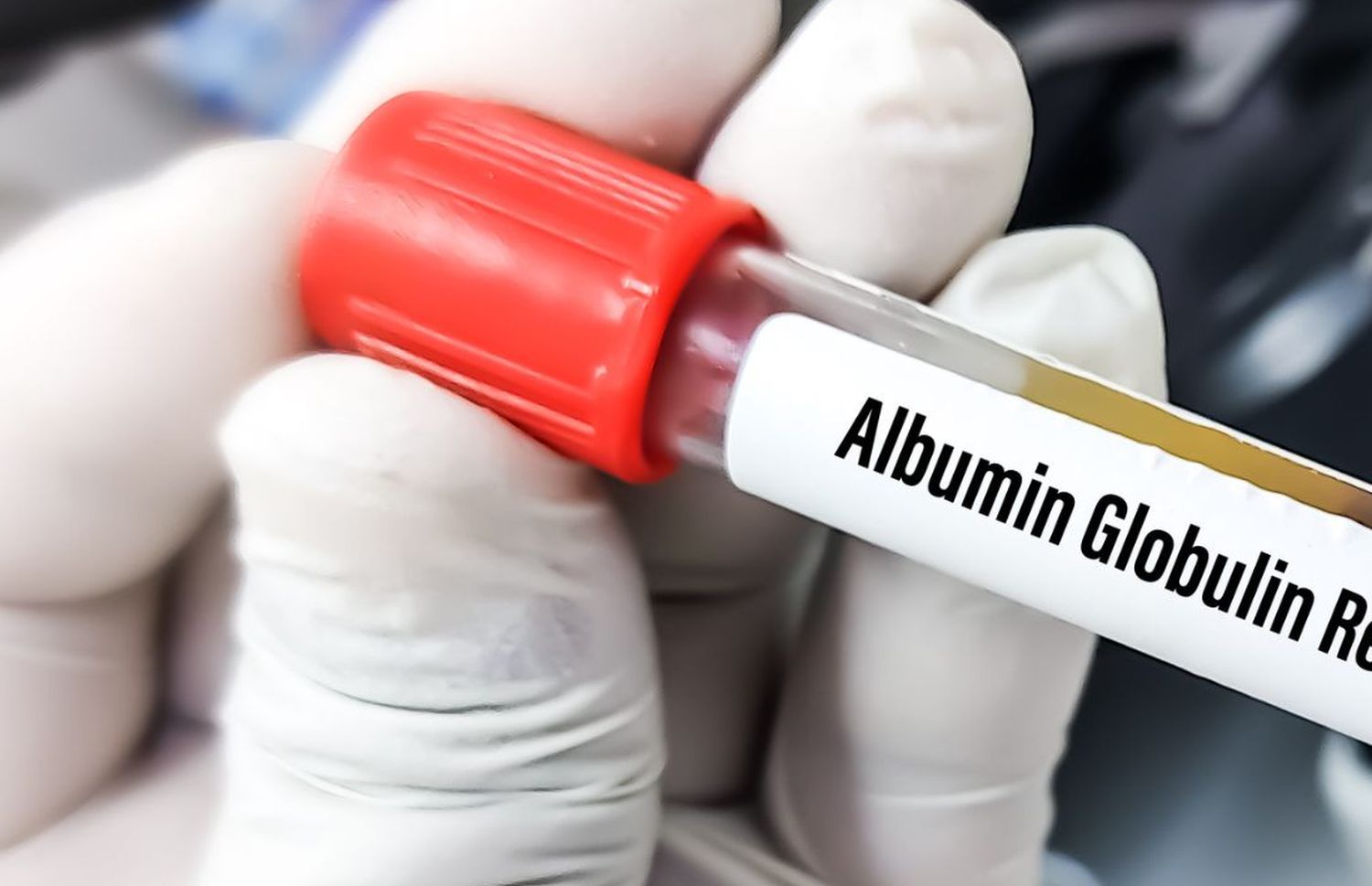A/G Ratio 1.2: Understanding Your Test Results

A/G Ratio 1.2: Understanding Your Test Results
The Albumin/Globulin (A/G) ratio functions as a diagnostic marker for evaluating liver function, immune health, and protein balance. A ratio of 1.2 falls within testing ranges but needs evaluation based on individual health status.
Doctors use this ratio to assess health problems, track treatments, and monitor liver function. This guide explains the meaning of a 1.2 A/G ratio, its causes, and next steps.
If you recently received your results back and need a personalized explanation regarding what they mean, LabAnalyzer can offer a specific breakdown.
What Does an A/G Ratio of 1.2 Mean?
Medical professionals calculate the A/G ratio by dividing blood albumin levels by globulin levels. A 1.2 ratio indicates slightly lower albumin compared to globulin, which requires further evaluation.
Key Components of the A/G Ratio
Albumin functions as a liver-produced protein that:
Controls fluid balance in blood vessels and tissues
Moves nutrients throughout the body
Stores amino acids for protein production
Supports metabolism and energy use
Maintains blood pressure through oncotic pressure
Carries hormones through blood
Binds medications for delivery
Removes waste products
Supports tissue healing
Controls inflammation
Globulins include proteins that:
Work as enzymes for body processes
Create antibodies for immune defense
Transport substances through blood
Support immunity against infection
Fight bacteria and viruses
Carry iron in blood
Control blood clotting
Support tissue repair
Regulate hormones
Process vitamins
Why Check the A/G Ratio?
Testing evaluates multiple factors:
Liver health and function
Protein processing efficiency
Immune system activity
Overall health status
Disease patterns and progression
Treatment effectiveness
Recovery progress
Nutrition status
Inflammation levels
Health risks
Normal Range Context
A 1.2 ratio needs evaluation within established normal ranges and individual health context.
Normal A/G Ratio Range
Typical ranges span 1.0 to 2.5
A 1.2 ratio shows:
Lower normal results needing attention
Balanced but borderline proteins
Mild changes from optimal
Monitoring requirements
Health pattern changes
Potential early problems
Treatment considerations
Risk evaluation needs
Follow-up requirements
Prevention opportunities
Different factors affect ranges:
Testing method accuracy
Laboratory standard variations
Population study results
Age-related changes
Gender differences
Health conditions
Medication effects
Time of testing
Recent meals
Exercise levels
Clinical Significance
Clinical evaluation includes:
Symptom assessment
Medical history review
Physical examination
Additional testing needs
Treatment planning
Risk factor analysis
Prevention strategies
Monitoring schedules
Follow-up care
Health maintenance
Health Implications
A 1.2 ratio reveals information about multiple body systems.
Liver Function Assessment
Albumin production shows:
Liver synthesis capacity
Protein processing ability
Metabolic health status
Disease progression
Treatment responses
Recovery patterns
Complication risks
Monitoring needs
Prevention requirements
Long-term outlook
Common liver problems include:
Fatty liver disease
Different hepatitis types
Cirrhosis progression
Toxic liver damage
Genetic conditions
Metabolic disorders
Autoimmune hepatitis
Bile duct problems
Cancer effects
Medication damage
Immune System Evaluation
High globulins point to:
Chronic inflammation states
Active immune responses
Developing diseases
Infection fighting ability
Recovery phase status
Treatment needs
Monitoring requirements
Risk levels
Prevention needs
Health maintenance
Related immune conditions include:
Systemic lupus
Rheumatoid arthritis
Chronic viral infections
Bacterial diseases
Autoimmune disorders
Inflammatory conditions
Multiple myeloma
Lymphoma types
Immune deficiencies
Allergic responses
Treatment Monitoring
Regular testing tracks health changes.
Testing Frequency
Monitoring schedules include:
Initial diagnosis period
Treatment adjustment phase
Recovery tracking time
Maintenance checks
Prevention monitoring
Risk assessment
Complication screening
Progress evaluation
Health maintenance
Long-term care
Result Interpretation
Analysis includes:
Trend identification
Pattern recognition
Treatment response
Recovery progress
Risk evaluation
Complication prevention
Health maintenance
Care planning
Prevention strategies
Future needs
Recovery Assessment
Health improvement tracking requires regular evaluation.
Progress Markers
Testing shows:
Ratio improvements
Protein balance
Liver function
Immune status
Overall health
Treatment success
Recovery speed
Risk reduction
Complication prevention
Future outlook
Long-term Management
Ongoing care needs:
Regular testing
Result tracking
Treatment adjustments
Risk management
Health maintenance
Prevention strategies
Lifestyle changes
Diet modifications
Exercise plans
Support systems
Conclusion
A 1.2 A/G ratio needs evaluation with other health factors and testing. This result indicates possible liver problems, inflammation, or nutrition issues when combined with symptoms and additional test results.
Contact your healthcare provider to understand your results and create your care plan.